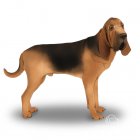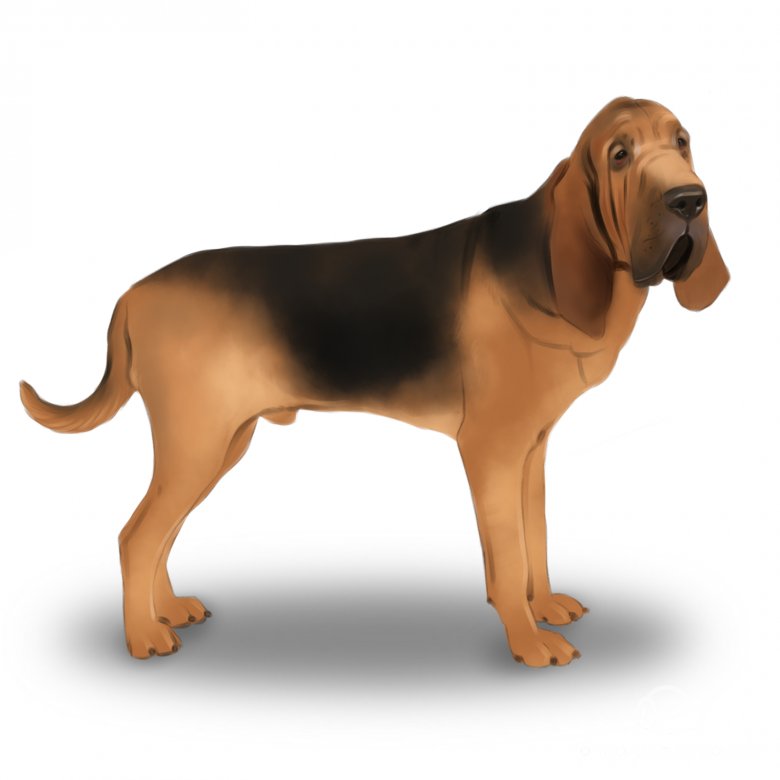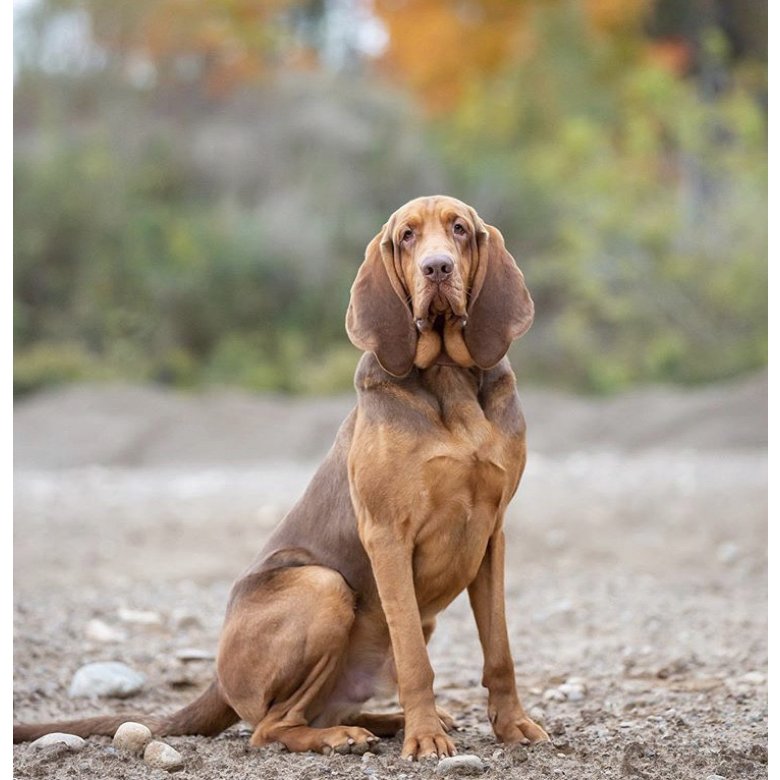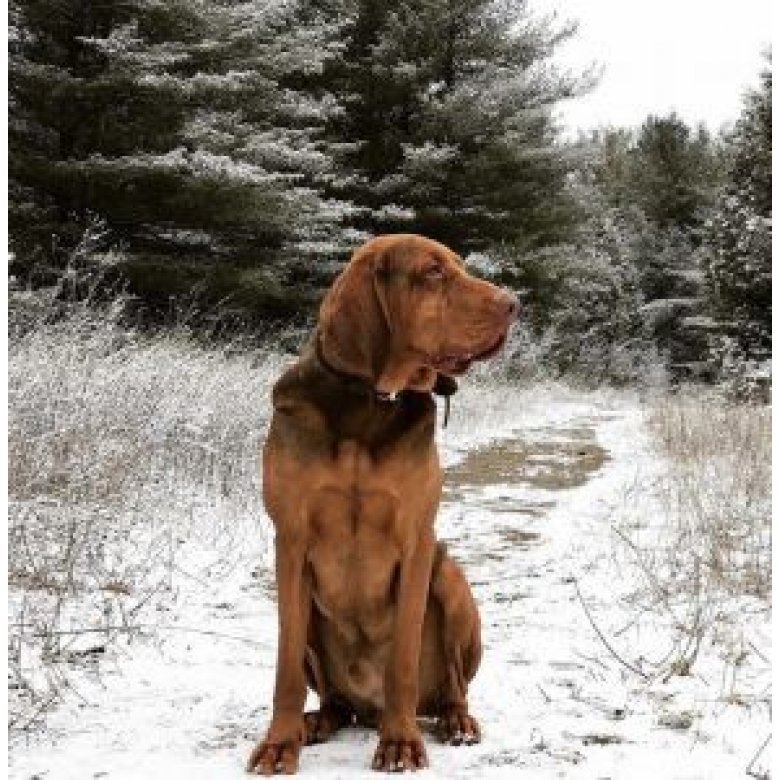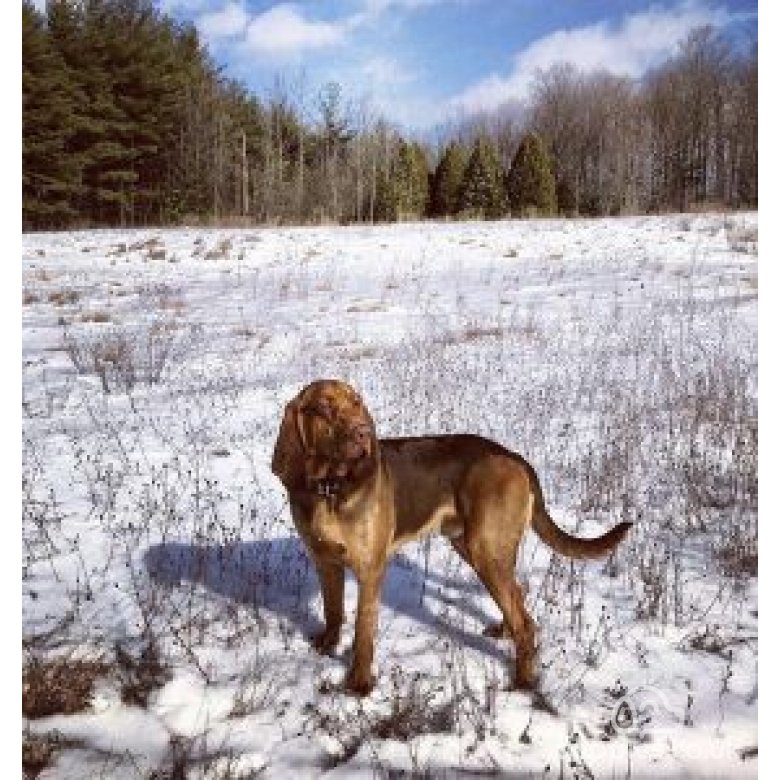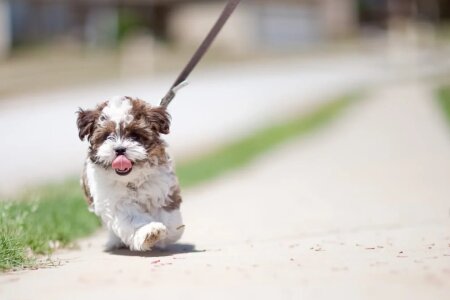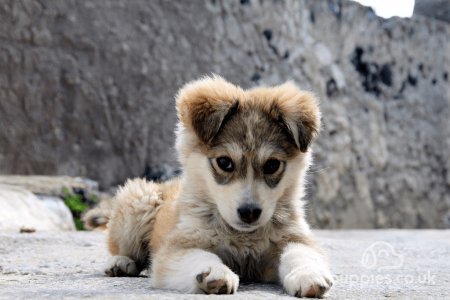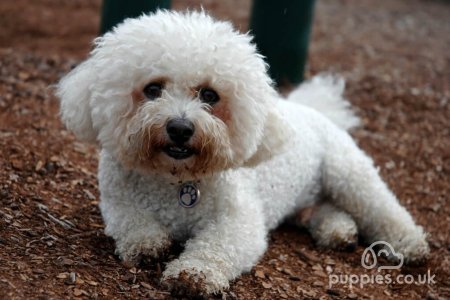Why Bloodhounds are great
These super affectionate and sensitive dogs make the ideal companion. They love their humans just as much as their humans love them. They are also more reserved than many other canine companions. This means that as adults they are unlikely to scare off visitors with any over boisterous activities. However, bloodhound puppies can be more bouncy, so be prepared to be almost bowled over when arriving home. One of the biggest attractions of these adorable animals is that they seem to sense their owners moods. They are also hugely protective of the people in their household. Some highlights:
Affectionate and sensitivity are high on the list of attributes for Bloodhound puppies and adult dogs.
Bloodhounds love children and they are really good with them. It pays to be careful with young children though because Bloodhound puppies can get over-excited when playing with them.
Even though they moult, Bloodhound puppies and adult dogs do not need a lot of grooming.
Things to consider when looking at Bloodhounds for Sale
Some downsides to the Bloodhound:
Bloodhounds have a familiar lovable droopy look. This comes from a large amount of loose skin that they have. It's this skin that can be a problem because it causes Bloodhounds to drool and dribble a lot. This means that they often leave an unwelcome trail around the home.
Bloodhounds are often seen on TV, helping to solve crimes. They use their highly sensitive noses to sniff out scents. This ability can be a problem when a Bloodhound is out being walked. Any accompanying human can end up being pulled along at the end of a lead, if their companion picks up a scent.
History of Bloodhounds
Bloodhounds first arrived in England at the time of William the Conqueror. Their name comes from the fact that they are pureblood (purebred) animals. These unique-looking dogs were bred from the Talbot Hound and the St Hubert Hound. They were originally used to hunt animals such as deer and wild boar. This is not surprising as there is no doubt that these lovable dogs are the best around, when it comes to sense of smell. They are excellent trackers. This has led to their use during police hunts.
Appearance
How big is the Bloodhound?
Bloodhounds are medium sized dogs. Females usually grow to measure around 61-64 cm at the shoulder. Males are usually a little taller, at 69 cm.
How heavy is a Bloodhound?
Bloodhounds are definitely not lightweights. Female bloodhounds weigh around 45 kg. Males can be as heavy as 55-60 kg which is a similar weight to some smaller human beings.
What Colour is the Bloodhound?
Bloodhounds usually have one of three main colour combinations in their coat. These combinations are:
Black and tan.
Liver and tan.
They also often have white specks, especially around the chest, feet and the tip of the tail.
Temperament
Do Bloodhounds bark a lot?
Bloodhounds do not bark extensively. However, they can bay very loudly. The good news is that this helps their human friends to know when visitors are arriving.
Are Bloodhounds easy to train?
Like any dogs, bloodhound puppies should be trained as early as possible. They should also be socialised when they are young. If this is done, bloodhounds are easy to house train. Sometimes, they even teach themselves to open doors, and move around the house, from room to room.
Are Bloodhounds good with children?
Bloodhounds have a fabulous temperament. This means that they are usually great with children. Bloodhound puppies and adults are also very protective of their young friends. However, bloodhound puppies are also boisterous and big. This means that they can easily knock very young children over accidentally. For this reason it's best not to leave them alone with children who are 6 years of age or under.
Are Bloodhounds good with other pets?
Bloodhounds have a tolerant and loving nature. This means that they should fit right in with other pets. However, bouncy and enthusiastic bloodhound puppies may be hard for some older animals to deal with.
Can I leave a Bloodhound Alone?
Due to their affection for their humans, bloodhounds do not like to be left alone. Ideally, they should live in a household where someone is able to be with them for most of the day.
Health
How long do Bloodhounds live?
Bloodhounds do not live as long as some smaller dogs. Their lifespan is usually around 8 years. However, it's possible for these loving companions to live for around 10 years, if they have a loving home and are exercised and fed in the right way.
What are Bloodhound Common health issues?
Like most dogs, Bloodhounds can be affected by some health conditions. The problems that a Bloodhound can suffer from include:
This happens due to a buildup of gas which leads to a twisting of the stomach. It's a serious condition if the dog does not get help from a vet.
Bloodhounds can be susceptible to elbow and hip dysplasia. This happens when these joints do not form as they should. This causes the joints to degenerate over time. Tests can be carried out to see if dogs are likely to develop this problem.
These problems are caused by the excess skin that a bloodhound has. The skin causes irritation around the eyes.
Bloodhound puppies and adults have large floppy ears. This makes it easy for bacteria to build up. If this happens, an ear infection can occur.
Care
How much space do I need for a Bloodhound?
Bloodhounds can live in an apartment if they are exercised regularly. However, they prefer a home where there is more space and a decent sized yard or garden. If a bloodhound is allowed out into a garden, it's important to make sure that there is sufficient fencing in place. The fencing should be at least 4 feet high, in order to stop the bloodhound from escaping. Exercise is just as important as space to a bloodhound. They need around 2 hours of exercise each day, as well as plenty of mental stimulation.
How much grooming do Bloodhounds need?
Bloodhound puppies and adults do moult on a regular basis. However, it's only really necessary to brush them once a week. This is sufficient to remove any dead hair which might be hanging around. It's very important to check and clean the eyes and ears of a bloodhound each day. This is because it's easy for bacteria and dirt to build-up in the folds of skin.
Average costs
How much does it cost to keep a Bloodhound?
As a rough guide in pricing: Cost to buy: roughly £700-£1,000 for a well-bred Bloodhound puppy Other costs (Vet, Food etc): £105 per month.
Specific Buying Guide
You can read our general buying guide here (/advice-on-buying-a-puppy/), with the most important thing being going to view your Bloodhound Puppy, seeing it with its mother, and checking the quality of the breeder. More specifically, here is some Bloodhound puppy buying advice:
Bloodhound puppies do drool excessively. This means that they are likely to leave an unpleasant trail behind them as they walk around their surroundings. When buying a bloodhound puppy, it's important to realise that this is the case as arrangements may need to be made to protect furniture and other items.
Although bloodhounds are not agressive dogs, they can be boisterous when they are young. This means that they need a firm hand when they are on a lead, or they may end up walking their companion, instead of the other way around. Fully grown bloodhounds can also be difficult to restrain when on a lead, if they pick up a scent that they decide to follow.
Other reading, Adopting Bloodhound Puppies and Rescue Organisations
A big thank you to the following sources who helped to shape this article:
https://www.thekennelclub.org.uk/search/breeds-a-to-z/breeds/hound/bloodhound/
https://www.associationofbloodhoundbreeders.co.uk/page-16/






